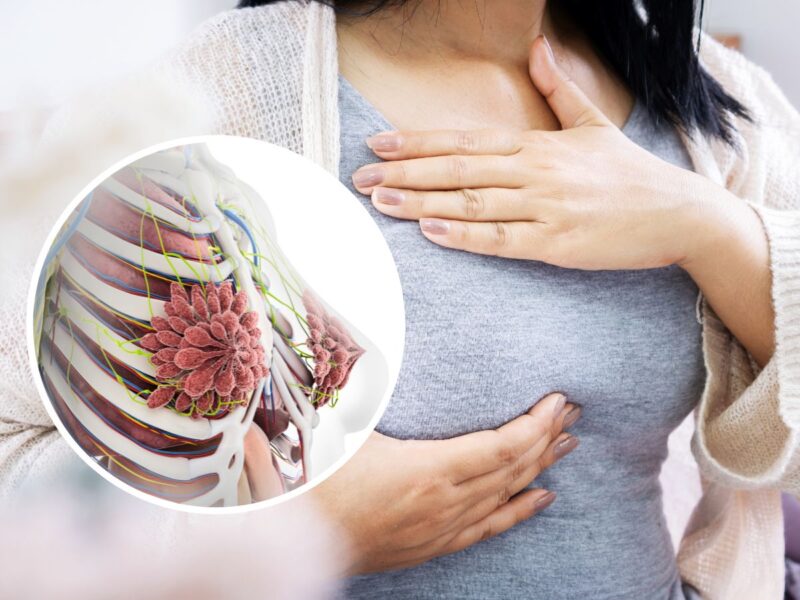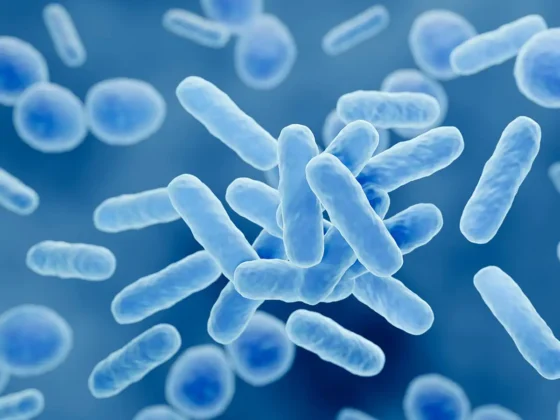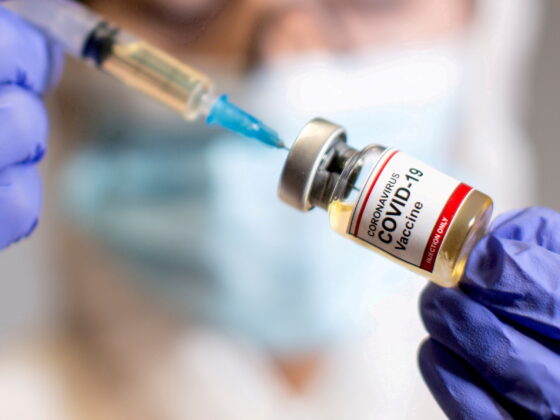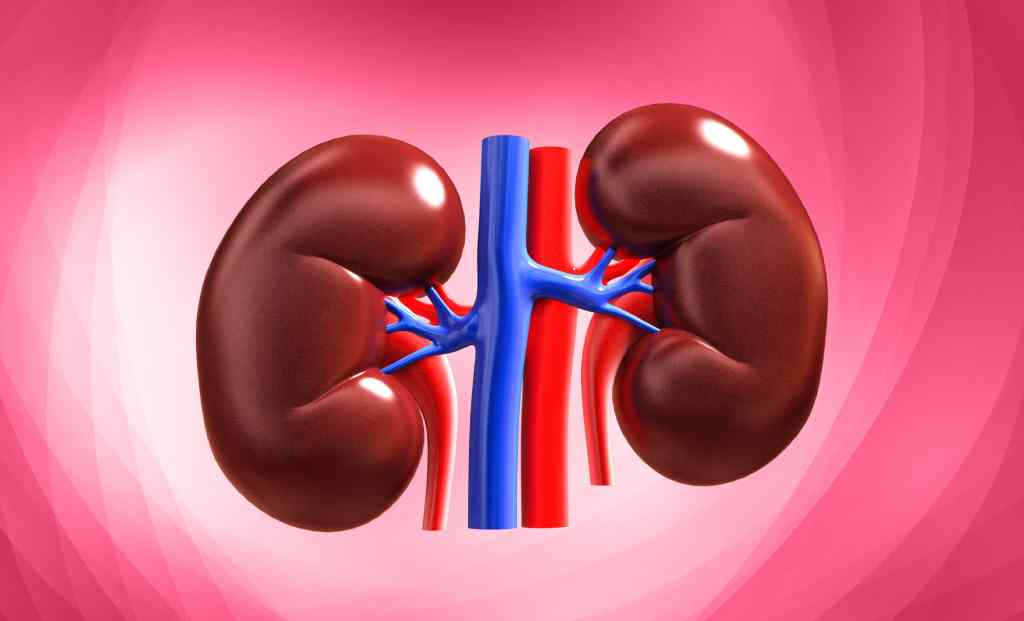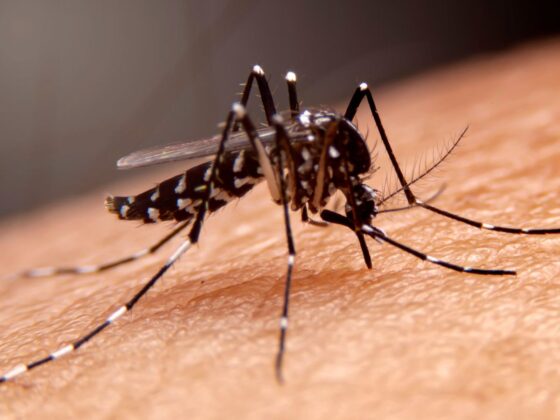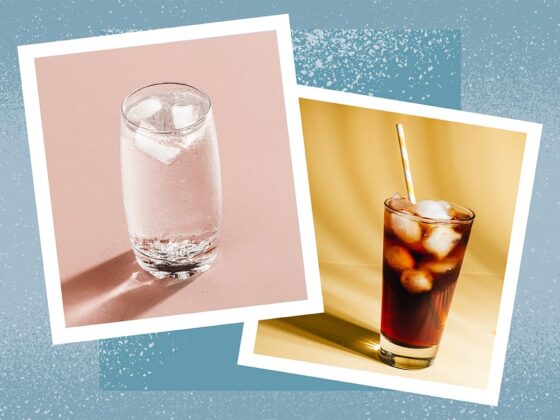New Delhi, 08 December 2024: The growing prevalence of breast cancer has prompted scientists to investigate environmental factors contributing to its rise. A recent study has spotlighted a troubling link: over 400 chemicals commonly found in plastic products are now associated with an increased risk of breast cancer. These findings raise urgent questions about the widespread use of plastics in daily life and their long-term impact on human health.
Plastics and Their Chemical Composition
Plastic is a ubiquitous material, used in everything from packaging and household items to medical equipment and electronics. Its versatility is derived from a combination of chemicals, many of which are added to enhance flexibility, durability, or resistance to heat and wear. However, some of these substances, known as endocrine-disrupting chemicals (EDCs), mimic or interfere with the body’s hormonal systems.
EDCs such as bisphenol A (BPA), phthalates, and certain flame retardants have been under scrutiny for years. They are known to disrupt estrogen and other hormone functions, potentially triggering a cascade of biological changes that may lead to breast cancer.
How Plastics Are Linked to Breast Cancer
The study highlights that these chemicals can leach out of plastic products under certain conditions, such as exposure to heat, light, or prolonged use. Once released, they can enter the human body through ingestion, inhalation, or skin contact. Over time, the accumulation of these chemicals can disrupt hormonal balance, which is a significant risk factor for breast cancer.
Researchers noted that even low-level exposure to these chemicals could be harmful. This is because hormonal systems are highly sensitive, and small disruptions can have profound effects on cellular growth and function. In the case of breast tissue, these disruptions may promote the growth of abnormal cells, increasing the likelihood of tumor formation.
Widespread Exposure: A Global Concern
What makes this issue particularly concerning is the sheer scale of exposure. Plastic products are an integral part of modern life, and avoiding them entirely is almost impossible. From food containers and water bottles to cosmetics and personal care items, the potential sources of harmful plastic chemicals are everywhere.
Moreover, microplastics—tiny plastic particles resulting from the breakdown of larger items—have been detected in drinking water, soil, and even the air we breathe. These particles can carry toxic chemicals directly into the human body, further amplifying the risk.
Impact on Vulnerable Populations
Certain populations are more susceptible to the effects of these plastic-related chemicals. Women, for instance, are at a higher risk due to their natural hormonal fluctuations and the frequent use of personal care products that often contain plastic-derived ingredients.
Pregnant women and children are particularly vulnerable. Exposure to EDCs during critical periods of development can have long-lasting effects, including an increased risk of breast cancer later in life.
Breast Cancer: A Hidden Epidemic In India?
The findings of this study underscore the need for stricter regulation of plastic chemicals. While some substances, such as BPA, have been restricted in specific products, many harmful chemicals remain unregulated.
The plastics industry plays a significant role in perpetuating this issue by resisting regulations and promoting alternative chemicals that are often no safer than those they replace. Transparency about the chemical composition of plastic products is urgently needed to empower consumers and policymakers to make informed decisions.
Reducing Your Breast Cancer Risk: Follow These Practical Steps
Although the pervasive nature of plastics makes complete avoidance challenging, there are steps individuals can take to reduce their exposure to harmful chemicals:
Choose BPA-Free Products: Look for products labeled as BPA-free, though it’s important to research alternative chemicals used as replacements.
Avoid Heating Plastics: Do not microwave food in plastic containers, as heat can cause harmful chemicals to leach into your food.
Use Glass or Stainless Steel: Opt for reusable glass or stainless steel containers for food and drinks instead of plastic.
Minimize Single-Use Plastics: Reduce reliance on disposable plastic items like straws, cutlery, and packaging.
Check Labels: Be cautious with personal care products that list ingredients derived from plastics or synthetic chemicals.
The revelation that over 400 chemicals in plastic products are linked to breast cancer is a sobering reminder of the hidden dangers in our environment. While plastics have revolutionized modern living, their unchecked use has come at a significant cost to human health.
As the scientific community continues to unravel the complexities of plastic-related risks, individuals must take proactive steps to minimize exposure. At the same time, collective action is needed to demand safer materials and sustainable practices. By addressing this issue head-on, we can protect not only our health but also the health of future generations.

